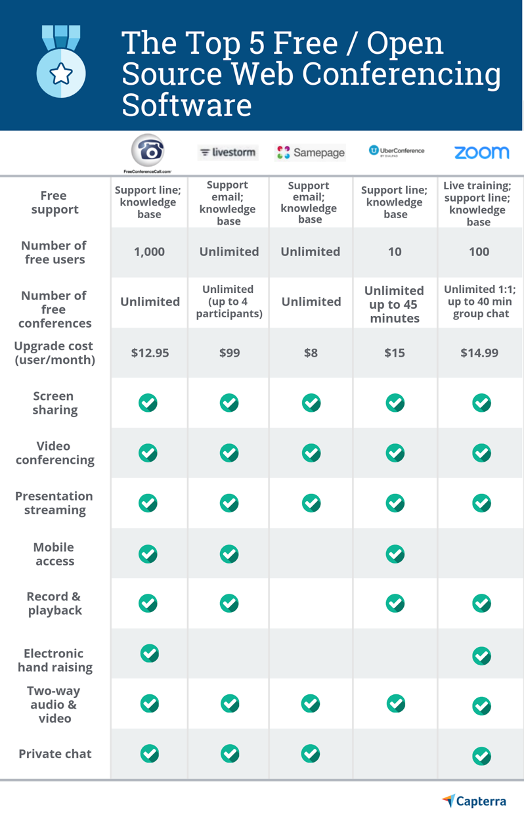The Covid-19 pandemic has thrown a curveball to many industries, and in particular, live events have been hard hit. Be it concerts, festivals, sports events, trade events, dedicated brand experiences, or anything that has got to do with a huge number of people gathering together has had to go through a business overhaul since March 2020. That said, the digital landscape has also changed significantly as people across the planet stay hunkered down at home. More than ever, people are connecting online for work, family and leisure through digital means of communication. Although lockdown restrictions are beginning to ease in some places, and physical events are slowly taking place once again, it will take awhile before everything returns to normal (or a new normal). Furthermore, this pandemic has resulted in the rise of hybrid events that have indubitably shaped the future of the events industry.
What are Hybrid Events?
As the name suggests, hybrid events are live events that incorporate virtual components, providing audiences with the opportunity to participate even if they cannot attend in person. Such events seamlessly integrate the live and virtual experiences, often through means such as live-streaming, second screen technology, or webinars.
In short, hybrid events are able to combine the best of both virtual and in-person experiences. What this means for brands that are hamstrung by a lack of live events this period is that hybrid events can offer a way forward.
Source: Apple Youtube
To illustrate, let’s take a look at Apple. The brand has long been at the helm of new technologies and trend-setting. So it’s no surprise that Apple was one of the first brands to leverage hybrid events for their product launches and special events long before 2020. Most of their product launches and special events are live-streamed to a hoard of a virtual audience in addition to the on-site attendees. The goal is simple: maximise reach to as many people as possible!
What are the Benefits of Hybrid Events?
There are several benefits to why hybrid events are the perfect bridge between online and offline experiences.
- Gain a Wider Audience
A key advantage of hybrid events is that they are cost-effective and inclusive of interested people who are unable to attend the event live due to constraint in time, budget or distance. As compared to traditional events, hybrid events can draw a significantly larger group of attendees both virtually and live. Moreover, you will be able to feature a wider variety of speakers from people and brands around the world (without having to fly them in).
- Generate More ROI
Since hybrid events are usually open for the general public to attend, your event’s overall turnout rate is likely to be way higher than what could have been at a solely physical event. With increased attendance, comes an increase in Return On Investments (ROI) for your brand. Moreover, hosting a hybrid event significantly reduces logistical costs such as the on-ground events crew, venue, accommodation, meals, etc. This helps to increase ROI and generate higher profits for your event.
- Gather Better Data
By adding a virtual component to your live event, you will also be able to collect and monitor attendees’ data points in ways that would be difficult to achieve with physical events. Virtual platforms offer deep data analytics that you can use to determine user interests, behaviour and feedback during your events. These data – such as login, chats, connections, views, shares, clicks, can be captured at different points in your event. These data collected can then be used to improve your brand’s future content and event experiences.
How to Drive a Successful Hybrid Event?
So before you get all excited about running your own hybrid events, here are some pointers to keep in mind when planning for a successful event.
1. Keep Your Content Engaging
Content is king in your hybrid event as you would want to ensure that both the on-site and virtual attendees are equally engaged. Keep in mind that remote attendees are just a click away from exiting your event if they don’t find the content interesting enough. Your focus should be on delivering relevant and engaging content that will keep them glued to their screens. While your event should be fun and dynamic, your speakers’ content should also be informational and enriching. Don’t shy away from audience interaction but ensure that your event is well-managed and is able to involve as many participants as possible — if not all.
2. Choose the Right Virtual Event Platform
A common problem that makes brands hesitant to jump on hosting hybrid or virtual events are the technical difficulties that come with it. Since a hybrid experience requires both a physical component and a virtual component, you’ll need a reliable event technology platform as your remote audience will be relying on that technology.
It is also important to use a virtual event platform that allows you to stream both pre-recorded and live content – whether it’s your keynotes, panel sessions, debates, workshops and so on. Streaming pre-recorded content helps with minimising risk as you are able to edit and refine segments of the event so as to control their delivery. Live content on the other hand can allow for more real-time interactions, give you the ability to conduct live polls and so much more. Here is a quick comparison overview of free* platforms you can consider when planning your hybrid event.

3. Complement it with Social
Social media platforms are a great way to connect with your existing and prospective audiences, keeping them constantly engaged before, during and even after the event. From pre-event promotional campaigns on social, to live event streaming and coverages, or even post-event throwbacks, engagements and interactions, there are many ways to utilise social media to amplify your event. For instance, you can designate a team member to live-tweet during the event so that people can stay up-to-date with what’s currently happening at the event, perhaps even encouraging interested followers to tune in Once the event is over, you can also upload videos or images to keep engagement levels high and attendees excited for the next.
Surrounding the buzz of Apple’s events, Twitter users who incorporated the hashtag #AppleEvent in their tweets would see a custom Apple logo appear.

These icons, also known as hashflags, are great tools for attracting attention and boosting awareness for your event. They entice users to use the hashtag, causing it to trend quickly on the platform.
While physical events can never be replaced, the future of events has undeniably changed. Brands across all industries need to recognise this shift and pivot to stay relevant in an increasingly digitised and post-covid world. If you’re considering running a hybrid event, feel free to talk to us about how we can help. It’s never too early to be thinking ahead and putting plans into motion.
— —
Hero image: Jesus Loves Austin, Unsplash
